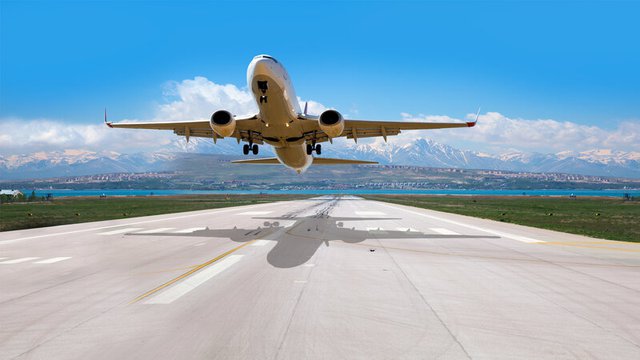

Air travel today is a seamless experience, connecting us globally in ways once deemed impossible. Behind this marvel lies a crucial agreement that paved the way for the safe and orderly conduct of international aviation—the Chicago Convention on International Civil Aviation.
Before the Chicago Convention, the skies were a patchwork of conflicting rules and regulations. Early international aviation lacked a cohesive framework, hindering its growth and safety. Nations struggled with varying laws governing airspace, leading to complexities in navigation, landing rights, and air safety protocols.
In this post, we’ll look in detail at the impact of the Chicago convention on flying since it was agreed. And if you are keen on finding out more about aviation, aerospace systems and infrastructures, you may want to consider a programme such as the Aerospace Engineering degree at Universidad Europea.
In 1944, amidst the aftermath of World War II, representatives from 54 nations convened in Chicago to address the challenges plaguing international aviation. This historic gathering resulted in the creation of the Convention on International Civil Aviation, a groundbreaking treaty that laid the foundation for modern air travel.
At its core, the Chicago Convention established the principle of state sovereignty over airspace. It delineated rules for peaceful aircraft passage, aviation safety standards, and the establishment of the International Civil Aviation Organization (ICAO) to enforce these regulations. Additionally, it set forth protocols for air navigation, air traffic rights, and aircraft registration.
The Convention's comprehensive approach aimed not only to streamline air travel regulations but also to ensure the safety and security of passengers and aircraft. Through standardised practices and shared principles, it sought to create a global environment conducive to the growth of international aviation.
The impact of the Chicago Convention on international air travel cannot be overstated. By fostering collaboration among nations, it facilitated safe, efficient, and orderly air transportation. Standardising regulations and practices enabled airlines to operate across borders seamlessly, fostering economic growth and global connectivity.
The Convention's significance extends beyond its immediate provisions. It laid the groundwork for the ICAO, an organisation pivotal in coordinating international air transport policies, setting safety standards, and promoting sustainable development in aviation.
While the Chicago Convention revolutionised international air travel, it faces contemporary challenges in the 21st century, hence the need for qualified aviation engineers. Environmental sustainability has become a pressing concern, urging the aviation industry to reduce carbon emissions and adopt greener technologies. Managing the exponential growth in air traffic while ensuring safety remains paramount.
Future prospects entail adapting the Convention to meet evolving technological advancements and emerging challenges. Collaborative efforts are needed to address issues like airspace congestion, cybersecurity threats, and the equitable distribution of air traffic rights.
The Chicago Convention remains the bedrock of modern aviation, guiding nations in harmonising air travel regulations and fostering a global network of safe and efficient transportation. Its legacy continues to shape the skies we traverse today, although there a more advancements to be made in the coming years. As a student of Universidad Europea, if you study the degree in Aerospace Engineering, you will not only learn the theory from experts in their area but will work closely alongside leading organisations and companies in the sector gaining valuable experience via internships and work placements.